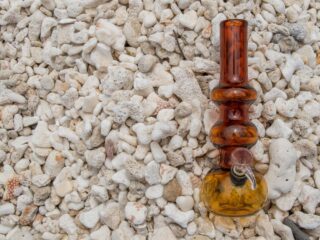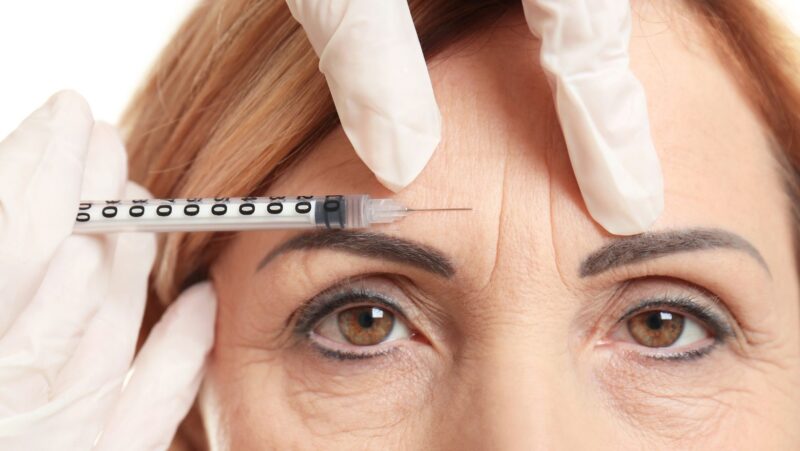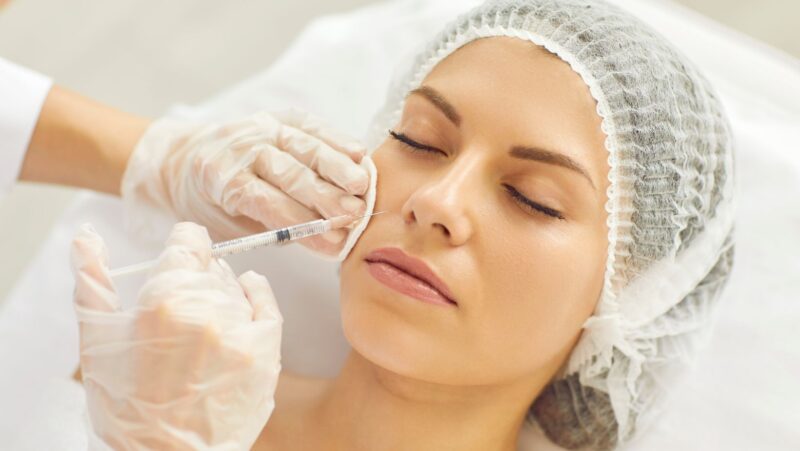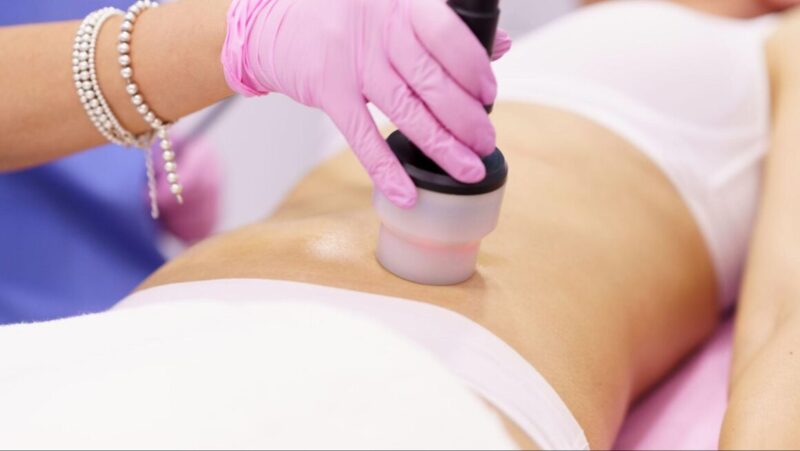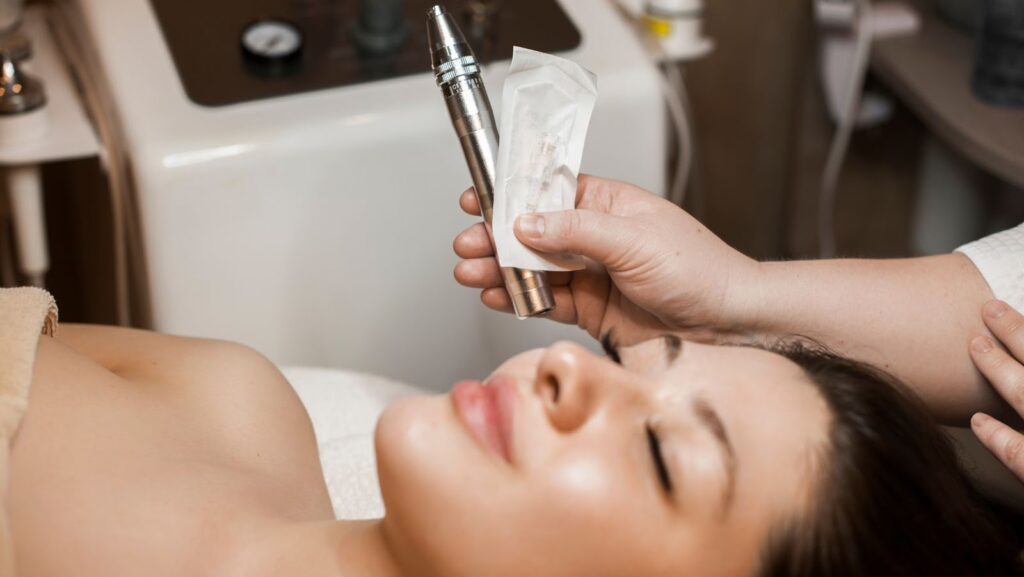
Microneedling, also known as dermarolling, is a popular skincare treatment that involves using a small roller or pen device to create tiny punctures in the skin. The theory behind microneedling is that by creating these micro-injuries, you can stimulate the skin’s natural healing process, which in turn can lead to the production of new collagen and elastin, two proteins that are essential for youthful, radiant skin.
Microneedling has become increasingly popular in recent years as more and more people look for ways to achieve smoother, younger-looking skin without resorting to expensive and invasive procedures like Botox or fillers.
Can i wash my face after microneedling
Yes, you can wash your face after microneedling. In fact, it’s important to cleanse the skin both before and after treatment to remove any dirt, oil or makeup that could potentially clog the pores and lead to infection.
It’s generally recommended that you use a gentle cleanser and lukewarm water when washing your face after microneedling, as hot water can irritate the skin. You may also want to avoid using exfoliating products or scrubs for a few days after treatment.
What is face microneedling and how does it work?
Microneedling is a skincare treatment that involves using a small roller or pen device to create tiny punctures in the skin. The theory behind microneedling is that by creating these micro-injuries, you can stimulate the skin’s natural healing process, which in turn can lead to the production of new collagen and elastin, two proteins that are essential for youthful, radiant skin.
Microneedling has become increasingly popular in recent years as more and more people look for ways to achieve smoother, younger-looking skin without resorting to expensive and invasive procedures like Botox or fillers.
What are the benefits of face microneedling?
The benefits of face microneedling include smoother, softer skin, reduced appearance of wrinkles and fine lines, reduced appearance of acne scars and other scars, and overall brighter skin. One of the main reasons why microneedling has become so popular is because it’s a relatively affordable treatment that can be done in the comfort of your own home.
Microneedling kits can be purchased online or at most beauty stores, and the procedure only takes a few minutes to complete. Another major benefit of microneedling is that it’s considered a safe treatment for all skin types, including sensitive skin. Unlike some other skincare treatments, there is no risk of burning or scarring the skin with microneedling.
What are the risks associated with face microneedling procedures?
There are very few risks associated with microneedling, and most people tolerate the treatment well. The most common side effects are dryness, redness and mild irritation, which typically resolve within a few days. It’s important to avoid sun exposure and use sunscreen after treatment to protect the skin from further irritation.
In rare cases, more serious side effects can occur, such as infection or scarring. It’s important to only use sterile needles and cleanse the skin thoroughly before and after treatment to minimize the risk of these complications.
How can you prepare for a face microneedling treatment session?
Before beginning a face microneedling treatment, it’s important to cleanse the skin thoroughly and remove all makeup, dirt and oil. It’s also important to avoid sun exposure prior to treatment, as this can increase the risk of side effects. If you have sensitive skin, you may want to consider using a numbing cream before treatment to help reduce any discomfort. Once the skin is clean and dry, you can begin the treatment by gently rolling the device over the surface of the skin.
It’s important to avoid pressing too hard, as this can cause bruising or bleeding. After completing the treatment, you can apply a hydrating serum or cream to help soothe the skin. It’s generally recommended that you wait at least 24 hours before washing your face or applying makeup. It’s also important to avoid sun exposure for a few days after treatment and to use sunscreen when outdoors.




